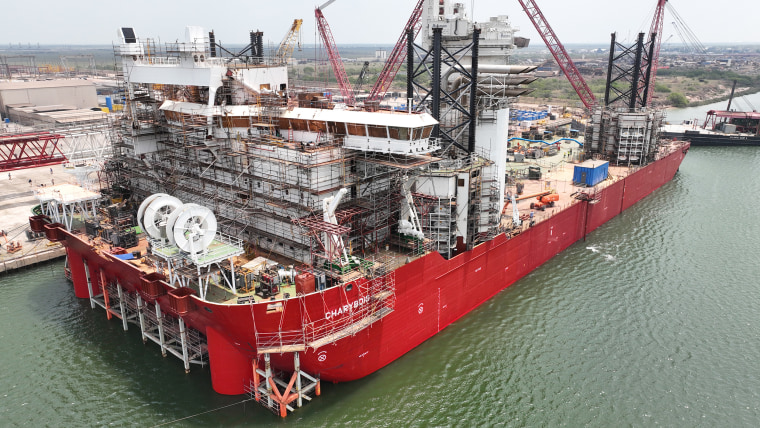In his pursuit of achieving his ambitious wind energy goal, President Joe Biden faces numerous challenges and obstacles that have delayed progress towards a sustainable and clean energy future for the United States. The key to overcoming these hurdles lies in navigating through the complex web of political, economic, and regulatory factors that impact the wind energy sector. One critical aspect that will play a significant role in shaping the future of wind energy development in the country is the outcome of the upcoming election.
The outcome of the election will determine the direction of energy policy in the United States for the next four years. A victory for President Biden would likely mean a continuation and possibly an acceleration of the administration’s clean energy agenda, with a renewed focus on expanding wind energy capacity across the country. On the other hand, a change in leadership could result in a shift in priorities and potentially slow down progress towards achieving the wind energy targets set by the Biden administration.
One of the key challenges facing the wind energy sector is the issue of regulatory uncertainty. The regulatory environment plays a crucial role in shaping the landscape for wind energy development, with policies at the federal, state, and local levels influencing project timelines, costs, and feasibility. In recent years, the wind industry has faced challenges such as the expiration of key tax credits, long permitting processes, and opposition from local communities concerned about the visual impact of wind turbines. Resolving these regulatory bottlenecks will be essential for unlocking the full potential of wind energy in the United States.
Another factor that will influence the future of wind energy development is the availability of investment and financing. Wind projects require substantial upfront capital investment, and access to financing is crucial for bringing projects from conception to completion. The economic uncertainty caused by the COVID-19 pandemic has made investors more cautious, leading to a slowdown in project development and causing some companies to delay or cancel planned investments in the wind sector. Restoring confidence in the market and providing financial incentives for renewable energy projects will be essential for attracting the necessary capital to support the growth of wind energy in the United States.
In addition to regulatory and financial challenges, the wind energy sector also faces competition from other energy sources, such as natural gas and solar power. While wind energy has made significant strides in recent years, it still lags behind these other sources in terms of overall capacity and cost competitiveness. To overcome this challenge, policymakers will need to implement a comprehensive energy strategy that promotes a diverse mix of renewable energy sources and provides incentives for investment in wind energy projects.
In conclusion, the future of wind energy development in the United States hinges on a variety of factors, including regulatory certainty, access to financing, and competition from other energy sources. The outcome of the election will play a crucial role in determining the direction of energy policy in the country and will have a significant impact on the growth of the wind energy sector. By addressing these challenges and seizing opportunities for collaboration and innovation, the United States can work towards achieving President Biden’s ambitious wind energy goals and transitioning to a cleaner and more sustainable energy future.






















